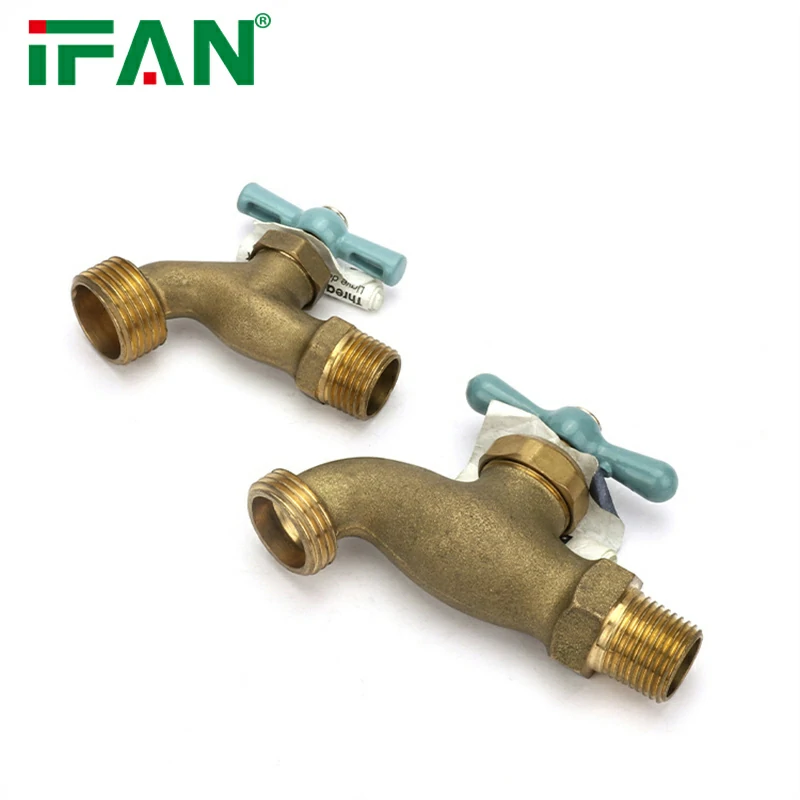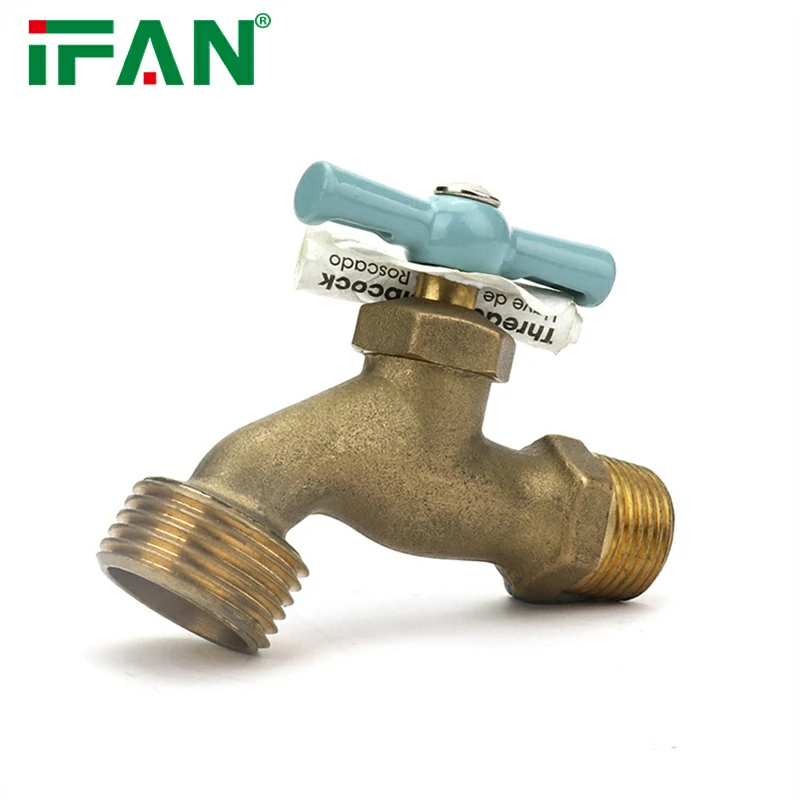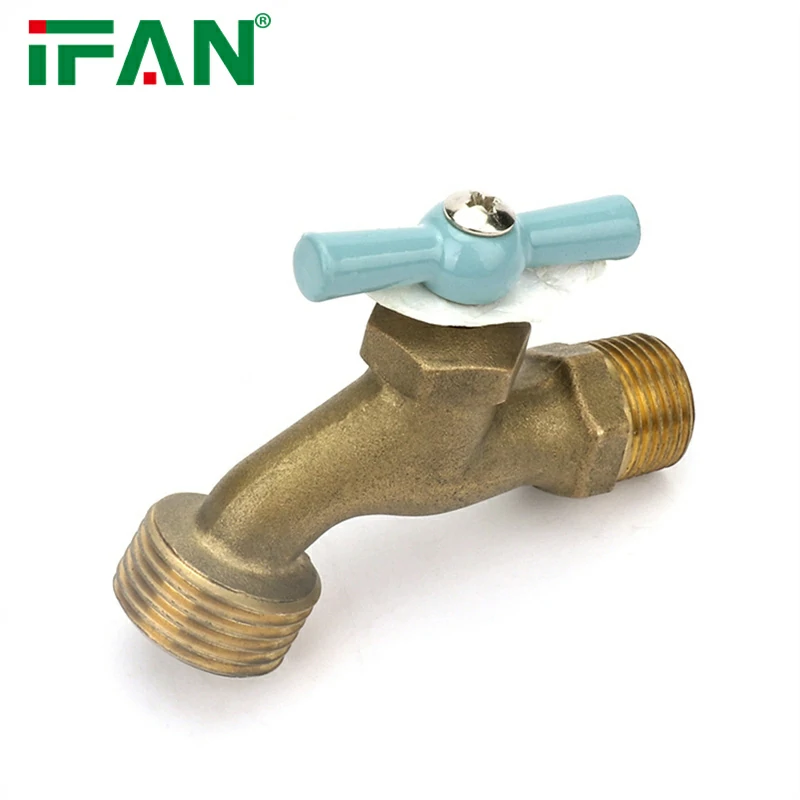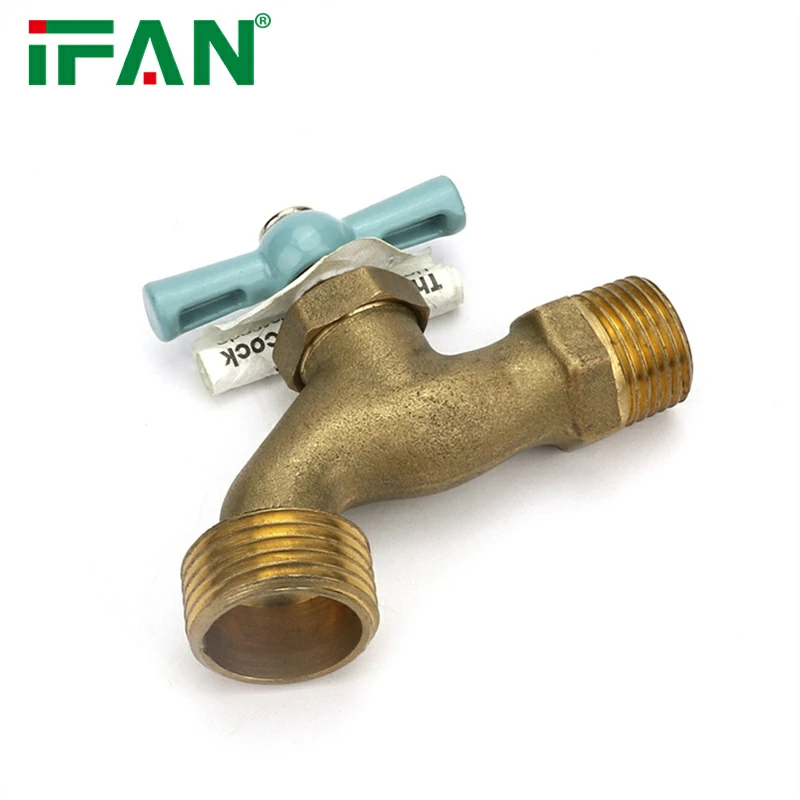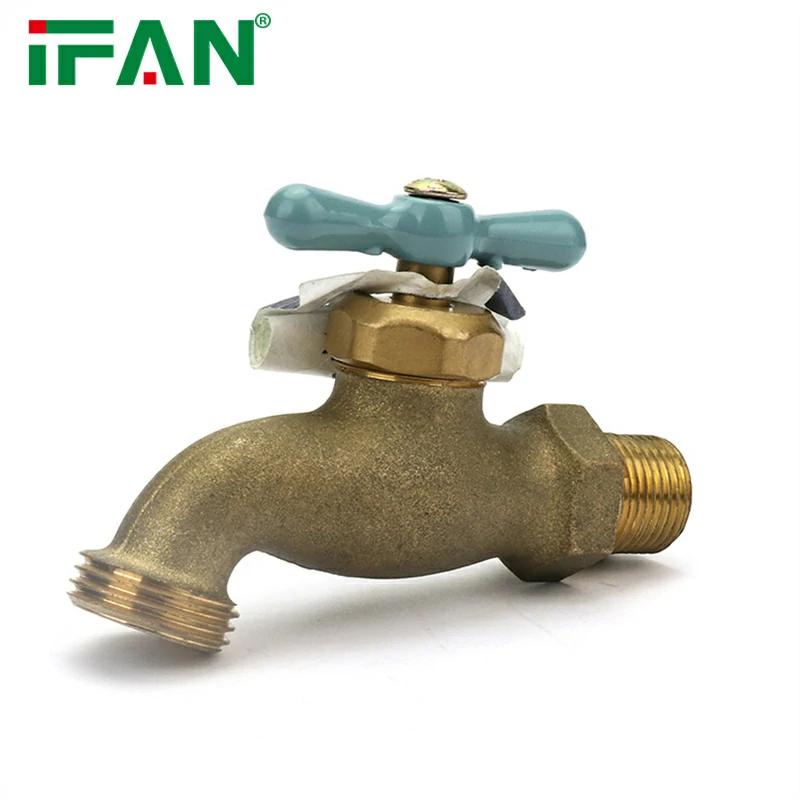Understanding Limescale Formation
Limescale is a white, chalky deposit left by hard water.
It forms when calcium and magnesium in water evaporate.
These minerals crystallize and settle on surfaces like taps and kettles.
Brass taps, though durable, are not immune to this process.
In hard water regions, limescale buildup is a common issue.
Over time, these deposits can affect function and appearance.
The harder the water, the faster limescale forms on brass taps.
Understanding the cause is the first step in managing buildup.
Why Limescale Affects Brass Taps
Brass taps are made of copper and zinc alloy.
Their surface may be coated with chrome or left exposed.
Both finishes can collect limescale from splashing or dripping.
Warm water accelerates mineral crystallization on tap surfaces.
Brass is also conductive, heating the surface slightly during use.
This creates ideal conditions for limescale to settle.
Limescale dulls the shine and damages internal moving parts.
Even high-quality brass taps require regular maintenance in hard water areas.
Common Signs of Limescale on Brass Taps
Visible limescale appears as white or greenish crust.
It usually forms around spouts, handles, or water outlets.
Taps may feel rough or look cloudy despite cleaning.
Flow may reduce as buildup narrows internal pathways.
Levers and knobs can become stiff or squeaky over time.
In some cases, brass taps may drip continuously.
This happens when limescale interferes with sealing washers.
Early detection prevents serious damage or water waste.
Hard Water Areas and Limescale Risks
Limescale issues are more common in hard water regions.
These include areas with high mineral content in groundwater.
Brass taps in cities like London or Rome face frequent buildup.
Homeowners in such areas need stricter maintenance routines.
Using water softeners or filters can greatly reduce risk.
Even so, brass taps in kitchens and bathrooms remain vulnerable.
Showers and basins with daily use show faster mineral buildup.
Knowing your region’s water hardness can guide prevention efforts.
Cleaning Limescale from Brass Taps
Regular cleaning can remove and prevent limescale formation.
Use vinegar, lemon juice, or commercial descaling solutions.
Apply with a cloth or brush to affected brass tap areas.
Let the acid sit briefly, then wipe and rinse thoroughly.
Avoid abrasive scrubbers that scratch the brass surface.
For intricate areas, use an old toothbrush with descaler.
Rinse all cleaning agents off to avoid residue or discoloration.
Dry the taps completely to prevent new deposits from forming.
Preventing Limescale on Brass Taps
Prevention is better than frequent deep cleaning.
Install a water softener system to reduce mineral content.
Use aerators or filters that catch calcium before it settles.
Wipe brass taps dry after every use to limit water evaporation.
Apply a wax or protective coating to minimize adhesion.
In high-use areas, clean taps weekly to discourage buildup.
Consider a sacrificial anode if you use uncoated brass bibcocks.
Regular care extends both the function and appearance of taps.
Do Coated Brass Taps Resist Limescale Better?
Some brass taps are chrome- or nickel-plated for added protection.
These coatings create a smoother surface, reducing buildup.
However, they still collect limescale if not cleaned regularly.
Once the coating wears off, the underlying brass is exposed.
Uncoated or antique brass bibcocks may tarnish along with scaling.
Protective coatings slow limescale formation but don’t prevent it.
Regular polishing and care are still necessary over time.
Choose coated brass taps for style, but still manage hard water effects.
Long-Term Impact and Maintenance Costs
Ignoring limescale leads to expensive problems over time.
Flow reduction, leaks, and corrosion reduce tap lifespan.
Brass bibcocks may need early replacement or repair.
Professional descaling or internal part replacement may be required.
Limescale can even affect water heaters and pipes nearby.
Regular maintenance avoids these costs and maintains appearance.
Cleaning and softening systems are more affordable long-term.
With the right care, brass bibcocks stay functional and beautiful for decades.
Conclusion
Brass bibcocks do get limescale, especially in hard water regions.
However, regular cleaning and smart prevention can reduce damage.
Whether coated or bare, all brass bibcocks benefit from proper care.
Understanding the signs and causes ensures long-lasting performance and shine.

